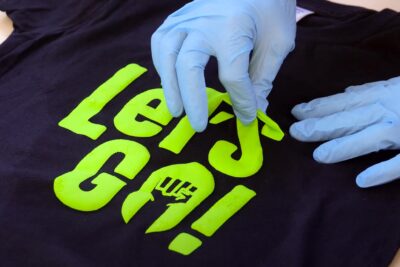
😎 How to avoid the 5 most common DTF printing errors
😎 How to avoid the 5 most common DTF printing errors
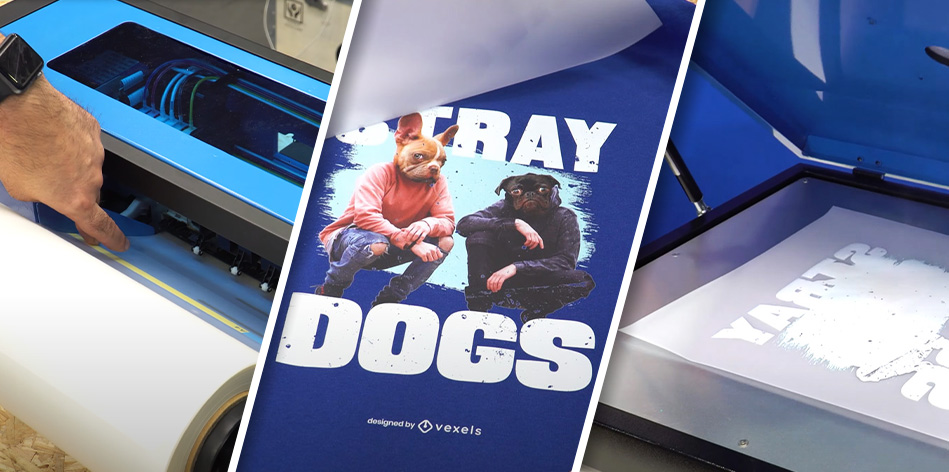
The DTF (Direct to Film) printing (Direct to Film) printing has become a revolutionary tool for the world of personalization, allowing entrepreneurs and small businesses to offer high quality products with vibrant and durable designs.
However, the road to perfection in DTF printing is full of possible mistakes that can affect the final result. Do you want to know what they are and how to avoid them? Read on!
Color migration in DTF
Color migration can become a real challenge. This phenomenon occurs when heat activates the dyes in the fabric, causing them to blend with the colors of the design. Brightly colored fabrics such as red, or synthetic materials such as polyester, tend to cause many problems of this type.
To combat this mistake, have two aces up your sleeve: the use of DTF black powder, which becomes a shield against migration, and adjusting the amount of white ink in your prints, thus strengthening the base of your design.
As a tip, it is advisable, first of all, to test print on various materials of different colors. With this information in hand, you will be able to adjust your printing techniques to ensure that each project reflects exactly what you had in mind, without unexpected surprises.
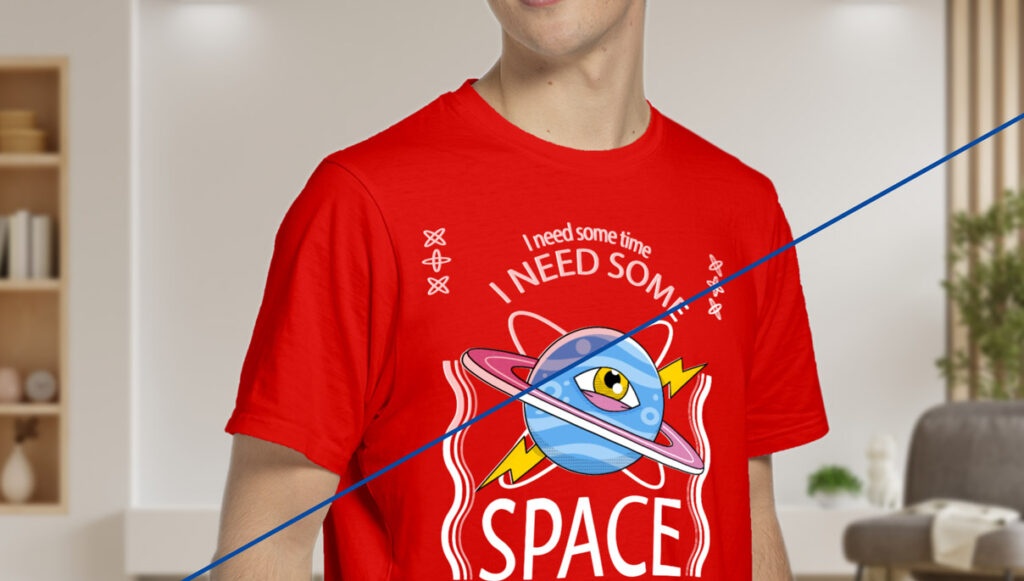
Static electricity
Static electricity is more than just an inconvenience in the world of DTF printing; it can be a real obstacle to clear, sharp prints. This phenomenon can cause polymer powder to adhere to unwanted areas of your design, negatively affecting the final quality .
Choosing the right DTF film is crucial to ending this problem. A high quality film, such as ColorBoost DTF film, is specifically designed to provide an efficient antistatic layer, thus minimizing the risks associated with static electricity.
Investing in this consumable not only helps you avoid these problems, but also ensures a more vibrant and long-lasting color transfer. DTF ColorBoost film, for example, is formulated to maximize powder adhesion and improve color reproduction, resulting in more vivid and detailed prints.
In addition, to help minimize static electricity, it is essential to keep your work area clean and dust-free.
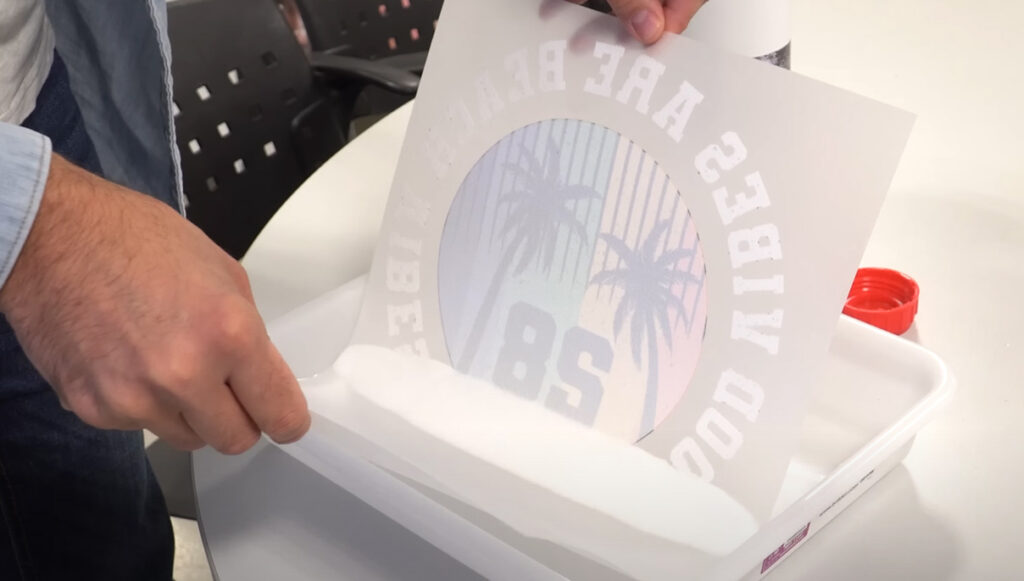
Color fidelity and accuracy
Color accuracy is essential to reproduce your customers' designs in DTF printing. But often, we are faced with discrepancies between the colors of the digital design and the final print .
The solution to this problem is to use a quality DTF film with an optimized ink absorbing layer and upgrade your RIP software to a version designed for your needs, such as CADlink Digital Factory DTF Edition RIP Software.
This advanced software is not only profiled to match the film and inks, ensuring faithful color reproduction, but also offers the possibility to use custom color profiles. These profiles adjust the printer's color output to match the precision required for your projects, ensuring that the printed colors match the design. Another advantage of the software is that offers specific tools for color management, correction and efficient production.
In addition, by performing regular color tests you will be able to verify and adjust these profiles as needed, maintaining consistency and quality over time.
By combining the software with the selection of a high quality DTF film and color proofing, you will achieve color fidelity and ensure that each project accurately reflects your clients' design.
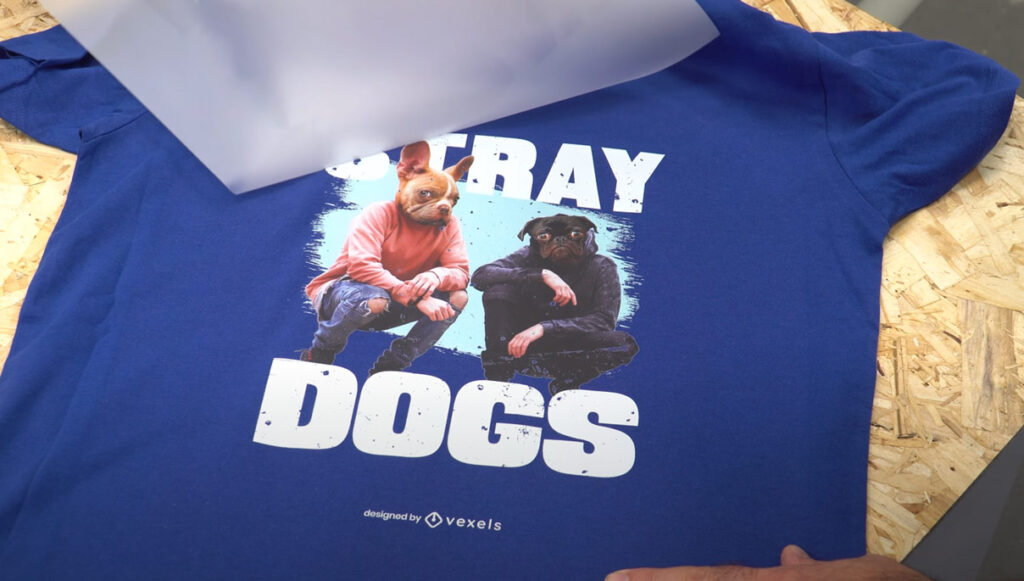
Humidity and the hated pinholes
Humidity in your workspace is a critical factor that influences both the performance of your DTF printer and the final quality of your prints.
Too dry an environment can lead to clogging of the printheads and compromise the adhesion of the DTF powder. Excessive humidity may prevent the powder from adhering properly to the film, resulting in quality problems such as pinholes that can appear in the final design and are more likely to occur in areas with a large amount of dark ink.
To avoid pinholes, an effective trick is to use a good curing oven, such as the DTF ColorBoost Oven. With this machine you can pre-dry the printed film before applying the powder. By flash drying for only 5 seconds you will have prepared the ink for better powder adhesion. This step coagulates the ink to the proper level, allowing the powder to adhere properly and avoiding the formation of pinholes.
As a tip to maintain a perfect humidity balance, it is essential to use a humidifier or dehumidifier to adjust the humidity to around 55% . In this way, you will create the ideal environment for both your DTF printer and materials. In addition, it is advisable to monitor the humidity of your work area with a hygrometer, adjusting levels as necessary to keep your equipment operating in optimal conditions.
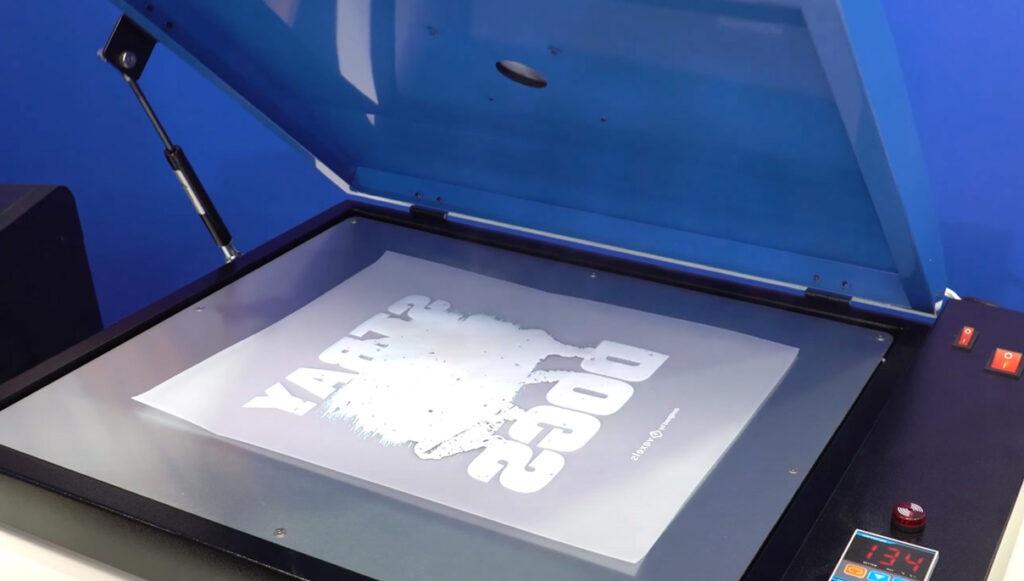
Adequate temperature in the work space
Maintaining the right temperature in your workspace is also crucial to the quality of your DTF prints. Temperature extremes, both high and low, can work against your printer's performance and affect the final quality of what you print.
That is why it is vital that the workplace where you have your DTF equipment is kept between 16 and 24 degrees. This control not only ensures optimum performance of the DTF printer. The company also takes care of its internal components, thus guaranteeing the highest quality printouts.
Make sure your work area has good ventilation. Use air conditioning or heating systems to maintain a constant and adequate temperature. This step not only benefits your DTF printer, but also creates a more comfortable working environment for you and your team.
We hope that with these tips you will be able to avoid the most common DTF mistakes and ensure high-quality, long-lasting prints. What has been your biggest challenge in DTF printing and how did you overcome it?
If you have any questions or if we have left anything out, leave us a comment so we can help you. You can also contact our Customer Service department.
Remember to check our social media, where we post plenty of ideas, offers and news from all areas of personalisation. Follow us on Instagram and Facebook to make sure you don't miss anything. Don't forget to subscribe to this Blog and to our Youtube channel.
If you liked it, don't leave without leaving your five stars!
See you soon in a new post!
WE WANT TO KNOW WHAT YOU THINK
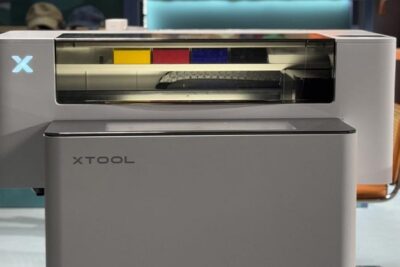
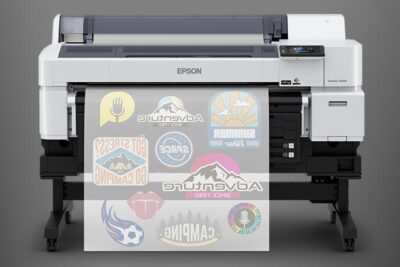

You may also like